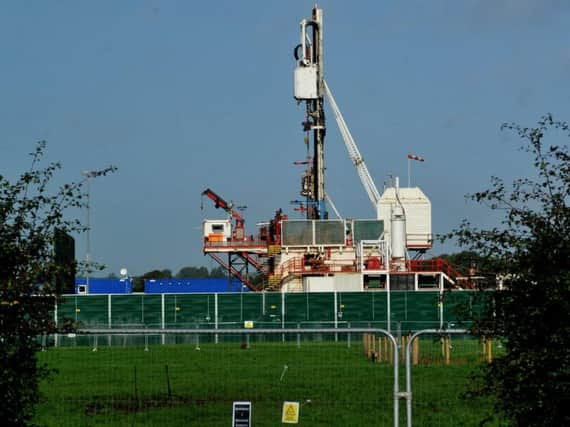Scientist's gas fears over Fylde fracking


Robin Grayson, who has worked right across the world, looked at fracking as part of research for the Lib Dems and said that the content of hydrogen sulphide (H2S) may cause problems for the industry.
He said drilling should be halted and that further planning permission may be needed.
Advertisement
Hide AdAdvertisement
Hide AdBut shale gas exploration company Cuadrilla said Mr Grayson’s theory was wrong and there were only trace levels of H2S gas in the natural gas in the Bowland shale they were targeting.
Mr Grayson, a member of the Petroleum Exploration Society of Great Britain and a geologist for more than 30 years who has worked in Afghanistan and Mongolia, said the stink bomb gas is found in Bowland Hodder shale rocks in the east of Lancashire and off the Fylde coast where gas is recovered from the Irish Sea.
He said sulphur springs were once common across the county for that reason and that it was a high probability that H2S would be found in pockets throughout the shale in Lancashire.
He said poisonous H2S creates “sour gas” which must be treated before going into the grid, was corrosive to equipment and posed a health risk if it escaped into the air meaning that workers, police and residents should be warned and trained for any incidents. He said: “It is quite a serious issue, it is not just a nasty stink.
Advertisement
Hide AdAdvertisement
Hide Ad“By drilling horizontally they greatly increase the probability of hitting pockets of H2S.
“Cuadrilla would need a treatment facility at the site, which could be quite large.”
Mark, Lappin, Cuadrilla’s technical director said: “Mr Grayson’s assertions are not correct.
“The presence of significant levels of hydrogen sulphide in shallow gas reservoirs elsewhere in the region occurs due to changes in the gas composition as it migrated slowly upwards over time from the deep shale source to the shallower reservoir. We have established that the natural gas in the shale rock contains no hydrogen sulphide above trace levels.
“We will produce Lancashire’s natural gas directly from this shale source. Natural gas is monitored independently prior to connection into the grid.”